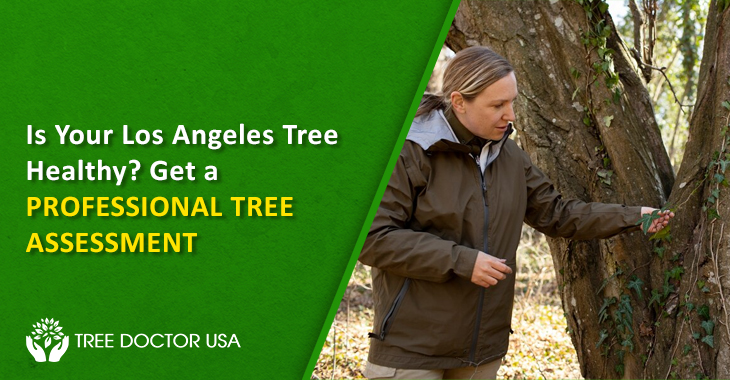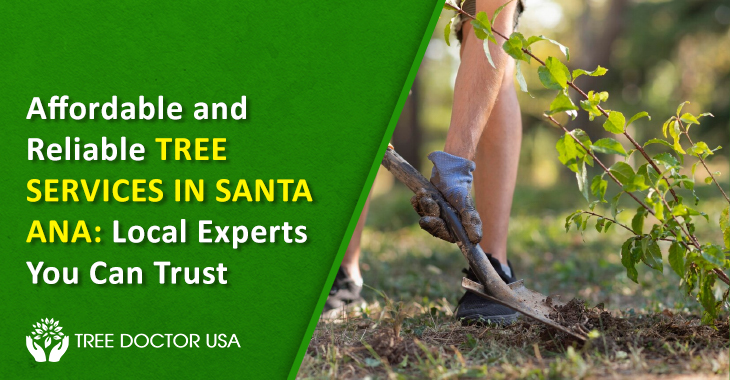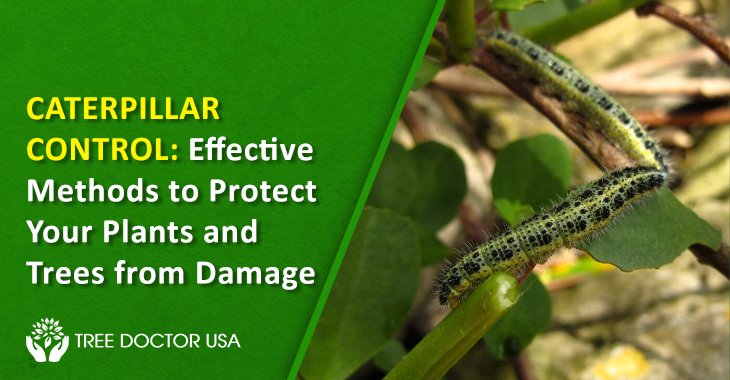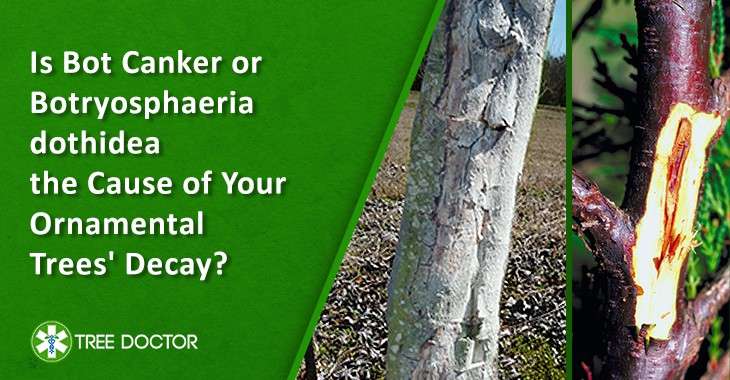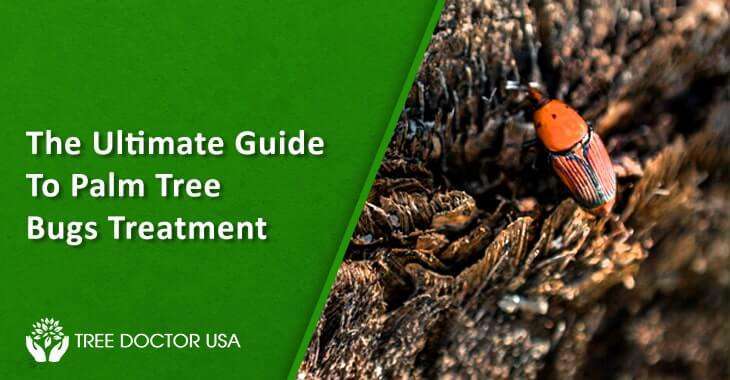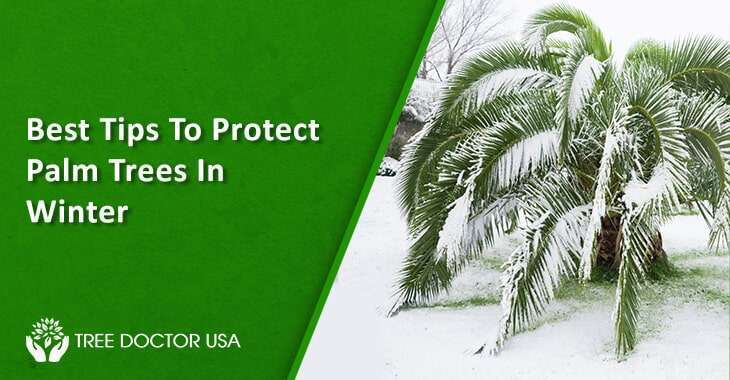Is Your Los Angeles Tree Healthy? Get a Professional Tree Assessment
Los Angeles typically experiences dry, sunny summers. The winter months are chilly and wet. Climate change causes average temperature fluctuations that hinder tree growth. Therefore, to keep your trees healthy during these extreme weather conditions, a tree health assessment in Los Angeles is crucial.
This blog will delve deeply into the typical issues that trees face. The greatest advice on maintaining a vibrant and lush urban garden can be found here.
Seven Problems Los Angeles Trees Face
Let’s start our investigation by finding out about the typical problems that trees in Los Angeles encounter. Then, we’ll discover effective techniques for tree health assessment in Los Angeles.
-
Stress from Heat and Drought
Most of the time, trees suffer from the intense heat. Additionally, they deal with the harsh and protracted drought conditions that are typical in Los Angeles. Their growth is severely hampered and they become more susceptible to stress due to the scarcity of water.
-
Pollution in Cities
Urban air pollution in Los Angeles is a constant threat to trees. Extreme ozone and harmful particulate matter concentrations are among them. The roots and leaves of trees may be harmed by these contaminants. They may hinder photosynthesis, which would further erode the overall health of the tree.
-
Compaction of Soil
Because of the heavy soil compaction caused by urban development, tree care is crucial in Los Angeles. Tree roots consequently have fewer connections to water and air. They are also lacking in certain tree nutrients. They have stunted growth. They become more vulnerable to disease and inclement weather. Hence they need expert tree health assessment in Los Angeles.
-
Infestations of Pests
The multi-cellular shot hole borer is the greatest common and destructive pests that threaten trees in Los Angeles.. After digging into trees, it begins to interfere with every aspect of their vascular systems. For many trees, this can result in serious health problems or even death.
-
Limitations on Watering
Tree healthcare is at risk in Los Angeles due to ongoing shortages of water and inadequate irrigation techniques. Trees that receive insufficient watering do not receive enough moisture. During crucial growth times, this problem gets worse, which further impairs defenses and slows growth.
-
Invasive plant Species
Native trees in Los Angeles face competition from the spread of exotic plant species. For basic but essential resources like water, sunlight, and nutrients, these species compete with trees. Native trees may be overtaken by these invasive species. It changes the habitat where these trees thrive and significantly lowers biodiversity.
-
Impacts of Climate Change
Another well-known threat to trees in Los Angeles is climate change. Rising temperatures and changing precipitation patterns are the two main effects of climate change. It presents serious difficulties for trees in Los Angeles. Drought conditions may worsen as a result of these changes. In addition to affecting pest populations, it jeopardizes the survival of several local tree species.
Indications That Your Tree Needs a Professional Tree Health Assessment in Los Angeles
Certain tree health problems are simple to identify, but others might go undetected without specialized knowledge. Understanding the warning indicators that a tree may be in danger is an initial step in safeguarding the plants on your land.
-
Withering or Dead Branches
Dead or decomposing branches are one of the greatest telling indicators that a tree is in trouble. These branches present a risk to both individuals and assets because they may be fragile and break easily.
-
Leaf Discoloration
Premature leaf loss and yellowing are frequent signs of a more serious issue. These issues can include disease and pest infestations.
-
The Trunk’s Splits or Cracks
A tree’s structural integrity may be compromised by splits or cracks in its trunk, making it more likely to topple over in severe weather or during storms.
-
Fungi at the Base
Fungi or mushrooms at a tree’s base may be a sign of internal decay. This could jeopardize the stability of the tree.
-
Bending
An abruptly noticeable lean in a tree may indicate that the roots are crashing. This is particularly problematic if soil disturbance occurs close to the tree’s base along with the lean.
-
Infestations
Symptoms of an insect infestation, like visible insects along with frass that resembles sawdust, should be treated immediately. This also applies to holes in leaves or wood. Pests can weaken a tree and make it more vulnerable to other health problems.
5 Key Steps of Tree Health Assessment in Los Angeles
-
Visual Examination
To find any obvious signs of disease or damage, the arborist will first visually inspect the tree. Additionally, he will search for structural issues. This means looking at the bark and root zone. It also includes leaves and branches.
-
Evaluation of Risk
If the tree is near buildings, the arborist will assess the risk it creates to both individuals and property. He will also take into account whether it is near power lines or walkways. The arborist will also check for trees with noticeable structural defects or leanness. Branches that are rotting or dying might be dangerous and should be avoided.
-
The Health of the Soil and Roots
For tree health assessment, the arborist can additionally look at the soil as well as the root zone. This may entail assessing moisture levels, testing for root rot, and testing soil compaction.
-
Identification of Diseases or Pests
To determine the issue, the arborist may collect samples of branches, bark, or wood if insects or diseases are suspected. The tree or nearby trees may be spared additional harm if pests and diseases are identified early.
-
Top Care Recommendations for Long-Lasting Tree Health
The arborist will make suggestions for enhancing your tree’s health based on the evaluation. This could consist of:
- Tree pruning removes dead or unhealthy branches from the tree. Its stability and general health are improved as a result.
- By changing watering schedules, nutrient deficiencies can be effectively addressed and tree stress can be reduced.
- Applying fertilizer can also promote general growth.
- The trees in danger of breaking or losing big branches can be supported by bracing or cabling, which helps to prevent accidents.
- The safest course of action in situations in which a tree is seriously damaged or presents a serious risk may be removal.
The Advantages of Prompt Tree Health Assessment in Los Angeles.
The following are some advantages of prompt tree health assessment:
- Your house, cars, and family members may be seriously at risk from dead or damaged trees. Frequent evaluations assist in identifying risks before they result in mishaps.
- Early tree health care is frequently more economical than waiting as long as the tree requires to be eliminated or causes property damage.
- From appropriate watering methods to soil enhancement, a qualified arborist can offer insightful guidance on how to make your tree healthier.
- While sick or dying trees can take away from the curb appeal and value of your property, healthy, well-maintained trees add to it.
Final Takeaway
Beyond merely complimenting the city’s landscape, trees are vital to Los Angeles’ environment and community. The secret to safeguarding both your property and the environment is to keep your trees safe and healthy. To take advantage of the many benefits the trees carry to your home and neighborhood, it is best to spot possible problems early and deal with them with a professional tree health assessment in Los Angeles.

